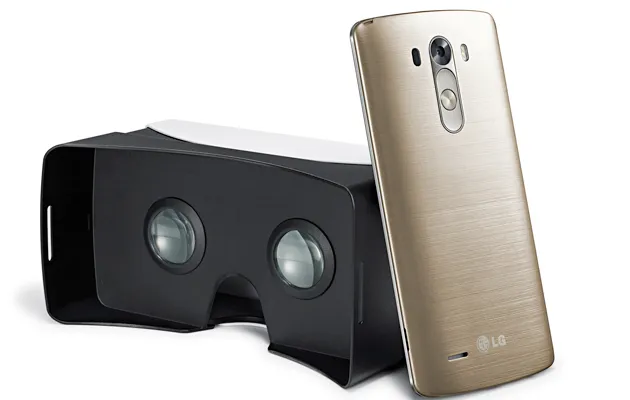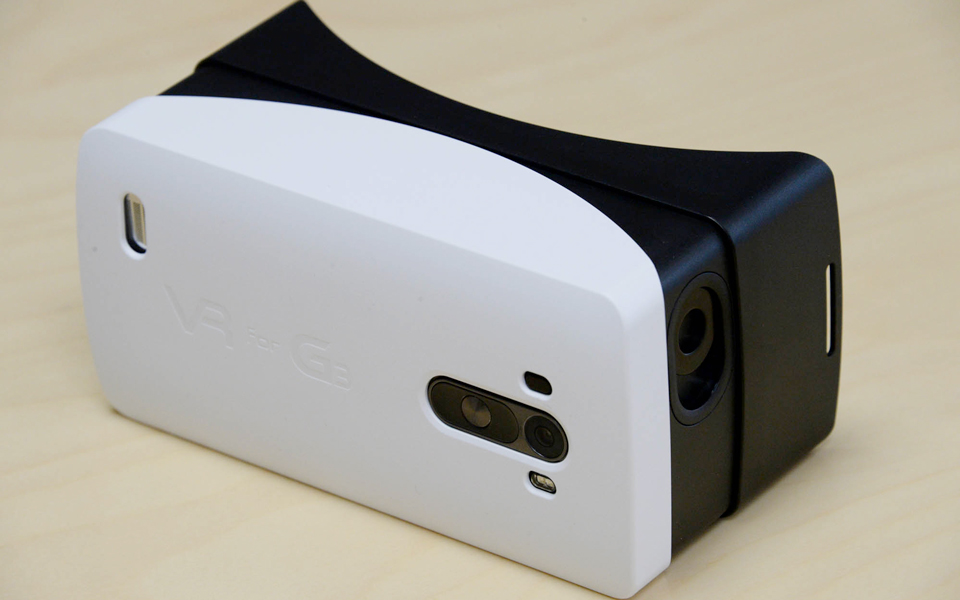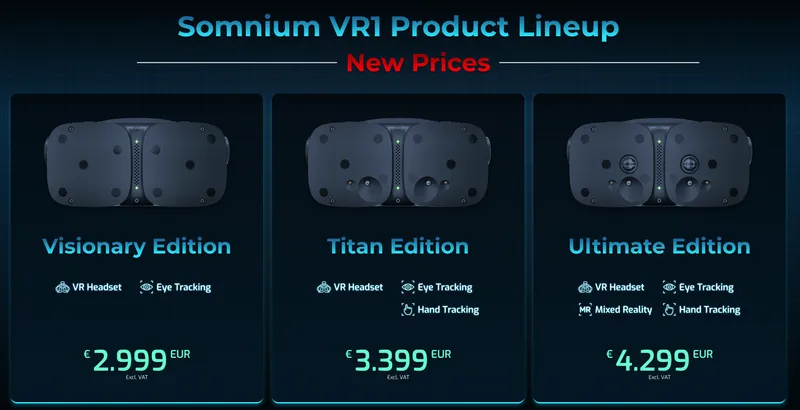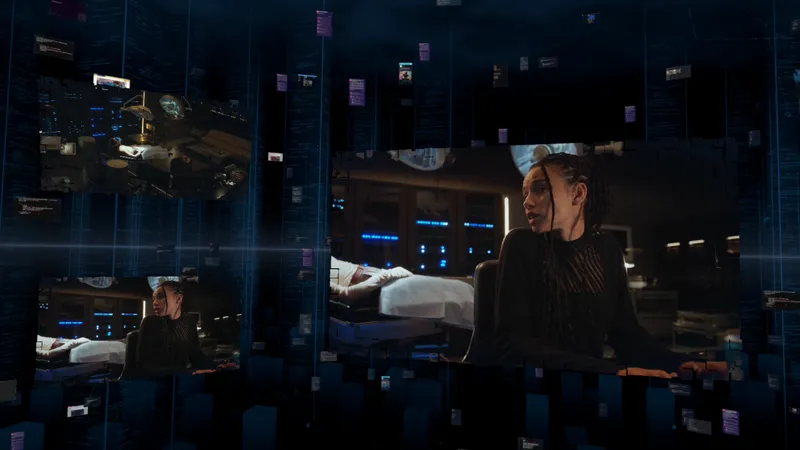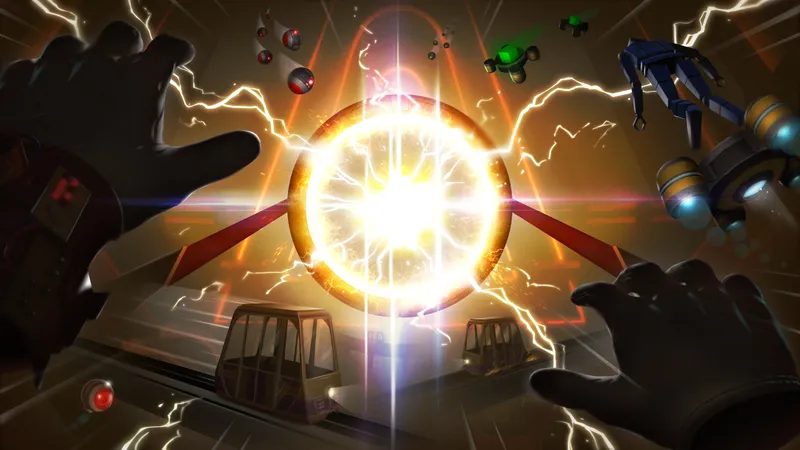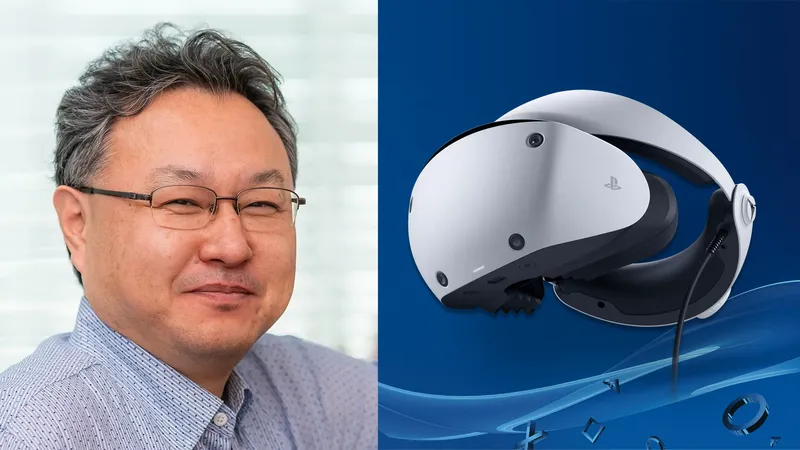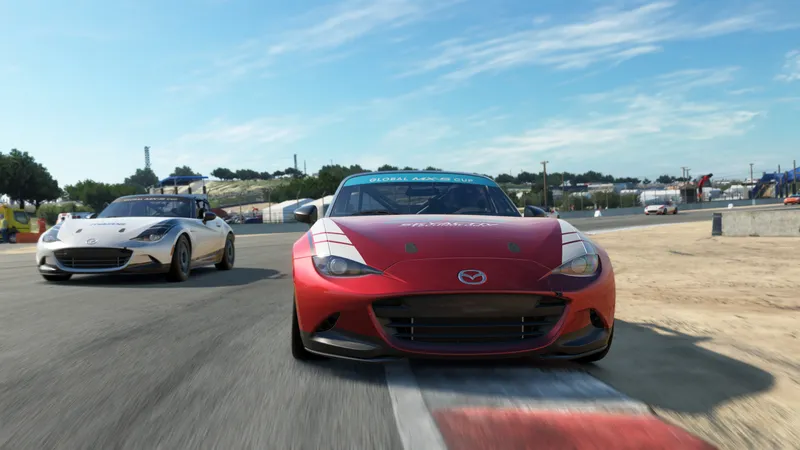Mobile VR is currently the most consumer-accessible way to experience VR. When Google announced Cardboard last year, they started a domino reaction that has resulted in many different iterations on the drop-your-phone-in-and-go style of VR and over 500,000 Google Cardboards being sold world wide. Today, LG made their entry into the space with a new HMD – the VR for G3 – which is free to buyers of the new G3 smartphone.
The “new” HMD is essentially a plastic version of the Google Cardboard, complete with a neodymium ring magnet that pairs with the internal gyroscope on the phone enabling simple controls. By including it with the purchase of the phone, LG is establishing more of a presence for VR.
The LG G2 smartphone, released in 2013, sold over 2 million units in it’s first four months, and the G3 appears to be outpacing the Samsung Galaxy S5 and is leading the company to record sales. Meaning that this new HMD has the potential to be distributed to a rather large audience. While this HMD addition may be little more than a publicity ploy, getting VR in the hands of more people (especially at this scale) can only be good for adoption. One other thing about the new HMD that makes it attractive is that it is already connected with the Google Cardboard app ecosystem, giving newbies to VR access to a great and growing content library.
Mobile VR may not offer the same level of impact per se as an experience run on a beefier PC setup for the Rift, but it is an easily accessible way for people to get an entry into VR. So, since seeing is believing with VR, I say the more the merrier.

